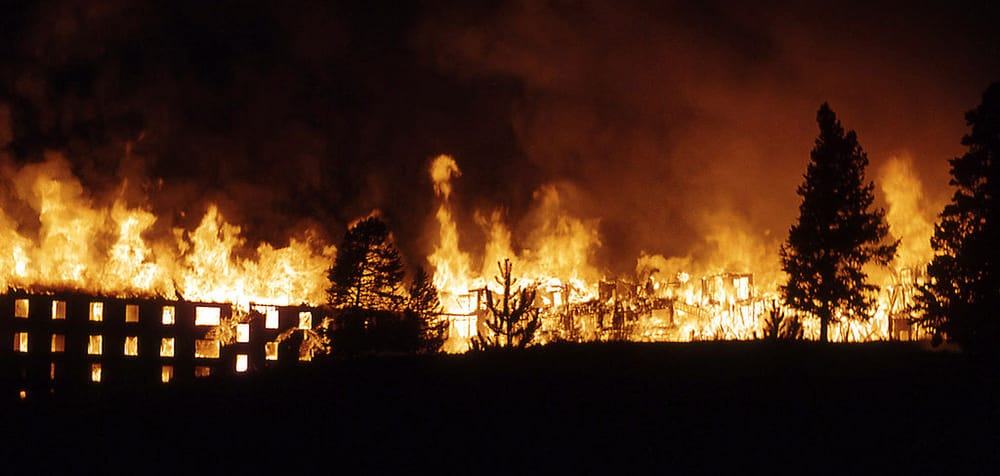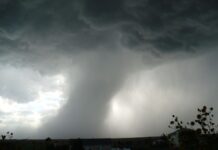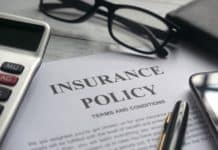
Risk management starts with an emergency plan. Here are two checklists—for medical and fire emergencies—from an anonymous meeting planner in the financial services sector.
Take these emergency plans and adjust them to your needs:
For Medical Emergencies
Never drive a medical emergency or severe accident victim to the hospital.
- Call facility security.
- Call 911. Provide your name, location and phone number to the emergency operator. Describe the type of emergency you have. Stay on the line: The 911 emergency operator may give you first aid instructions to perform on the patient prior to arrival of emergency personnel.
- If appropriate for the type of emergency, ask if anyone is CPR, AED or first aid-trained. Allow them to implement appropriate AED, CPR, or first aid measures.
- Do not panic.
- Assign someone to stay with the patient.
- Assign someone to meet emergency personnel. If it is a long distance between the entrance door and the patient, assign several people to station themselves along the route to guide emergency personnel in.
- Have an event crisis team staff member accompany attendee to the hospital.
- Have the corporate controller contact corporate medical staff.
For Fire Emergencies
- Remain calm.
- Alert everyone and direct them to proceed to the nearest fire exit.
- At the exit, activate the building fire alarm by pulling the manual fire alarm station.
- Assist people with special needs.
- When exiting, if there is smoke, stay low to the ground. Check temperature of doors with the back of your hand. If cool, crack door and check condition of exit path. If the door is hot or if there is a smoke condition, proceed to the alternate exit.
- Upon exiting the area, inform the facilities or security person(s) of the fire/smoke condition, its location, cause if known, and injuries.
- If safe, wait at the location for emergency personnel to arrive. Inform them of the conditions.
- In-house: Proceed to the designated assembly area(s)
- Off-site: Know the hotel’s evacuation policy, routes & exits. Establish a designated assembly area.
- Bring the crisis plan, attendee list and emergency contact.
- Have all staff report to staff emergency commander.










